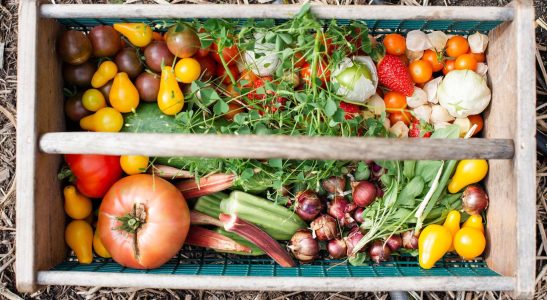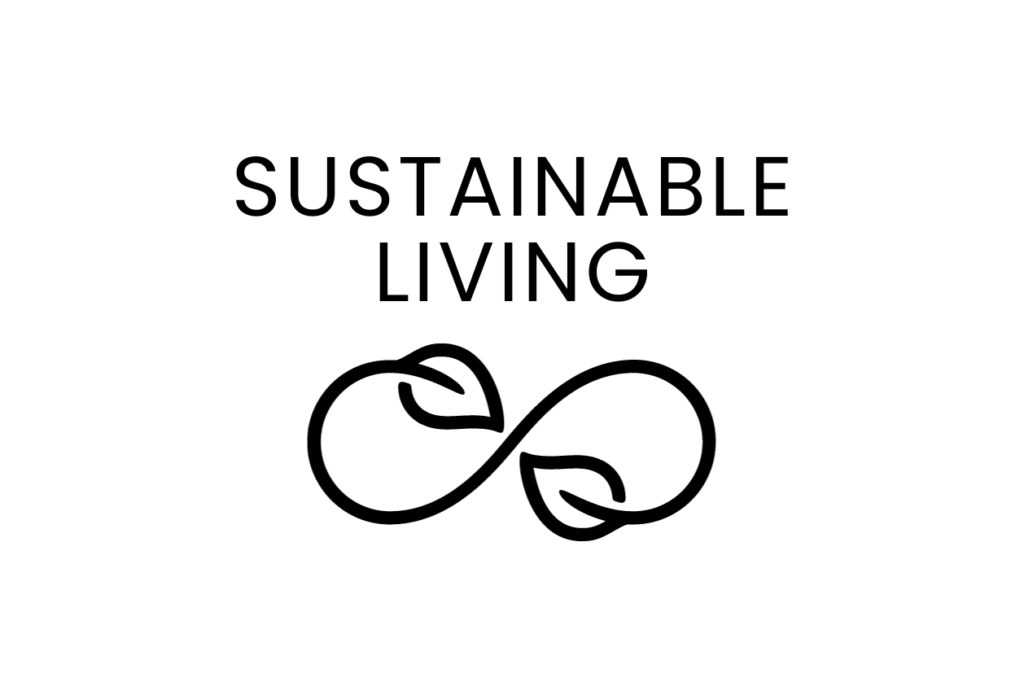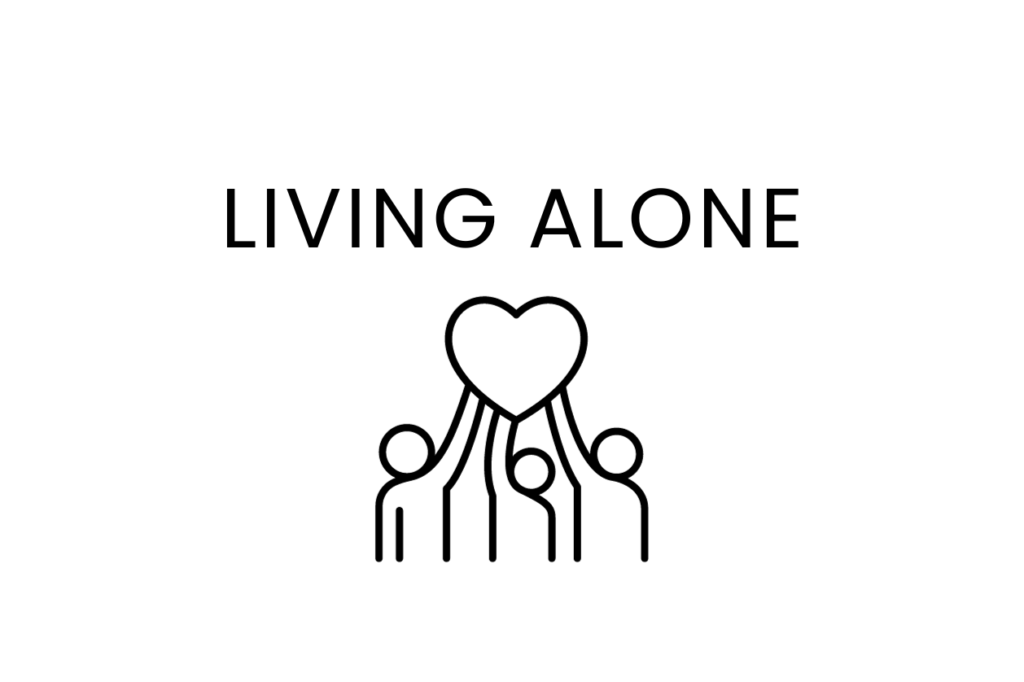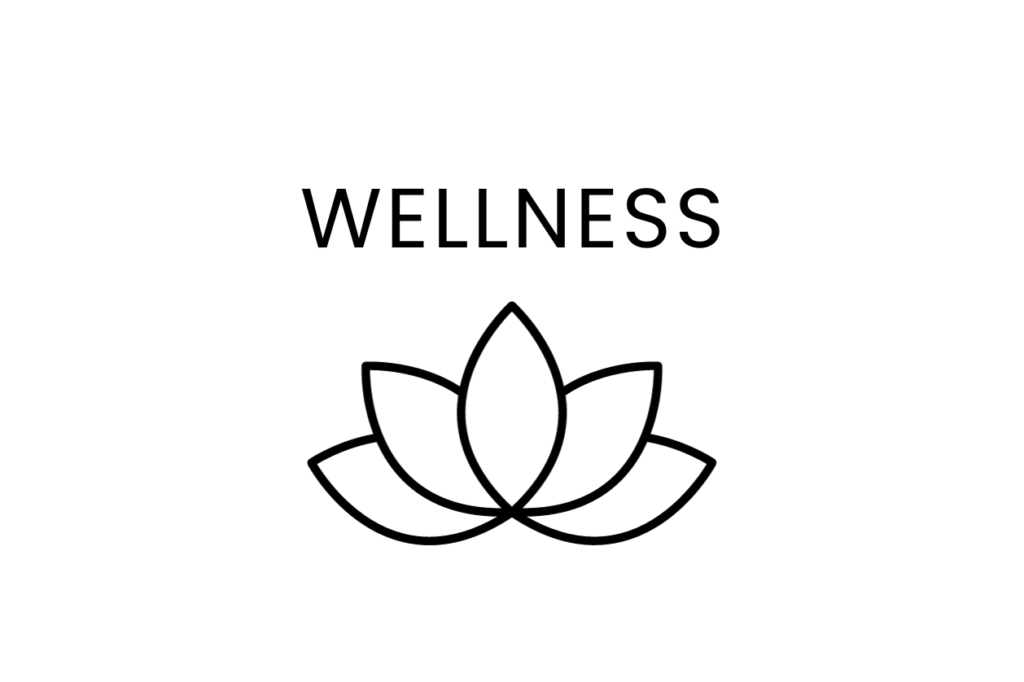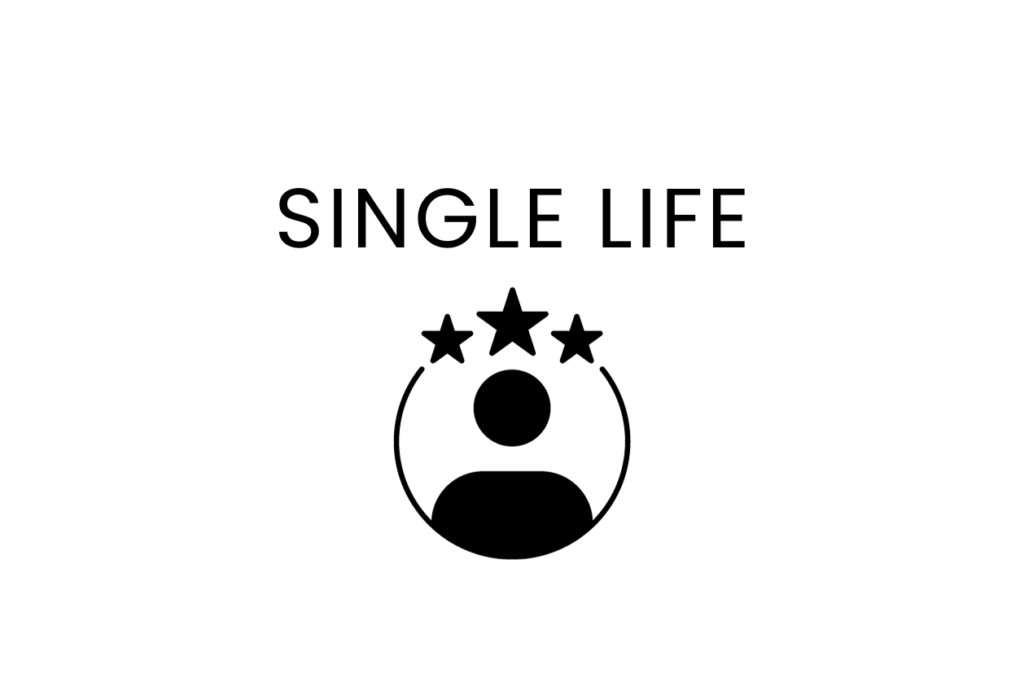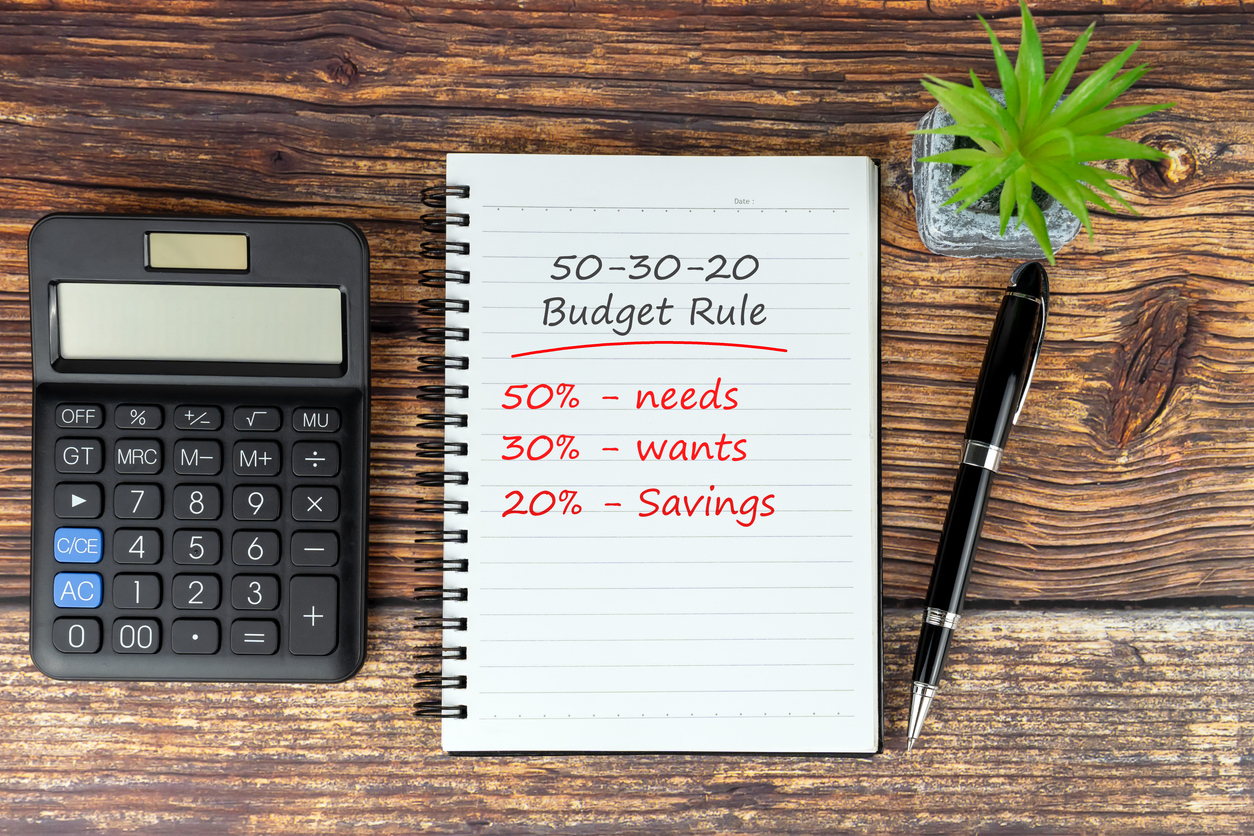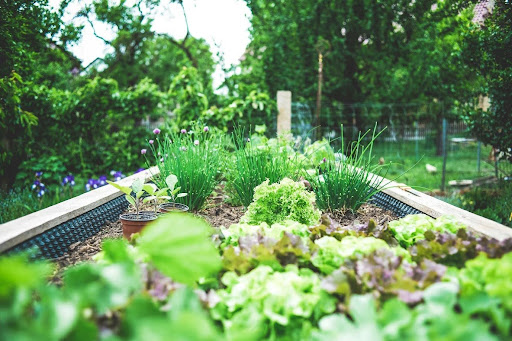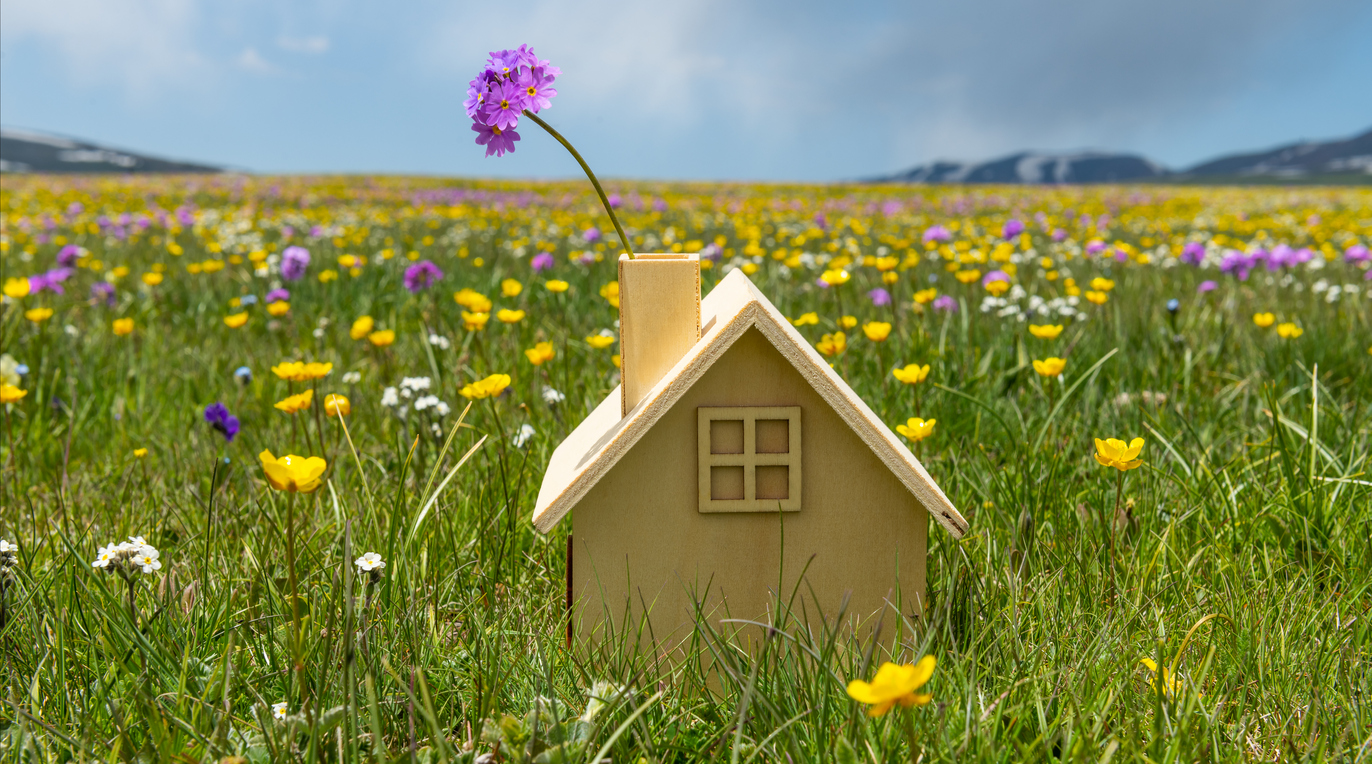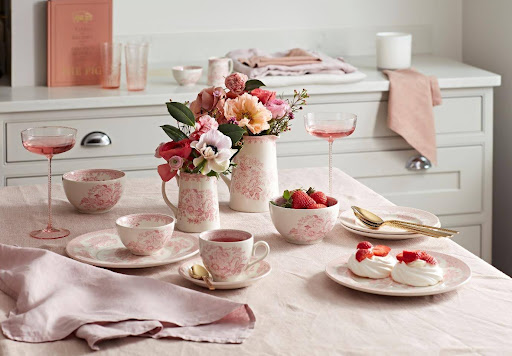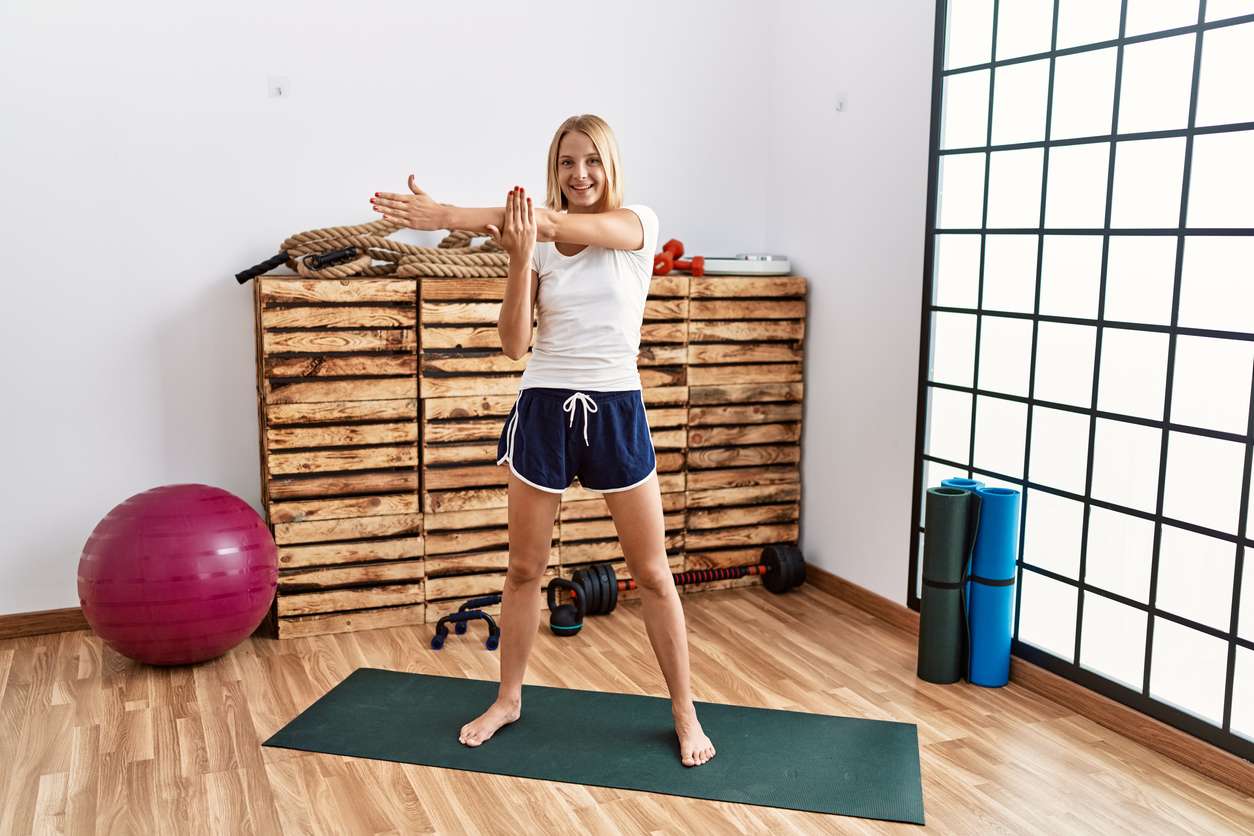Thinking About Building Your Dream Green Home?
Sustainable Living | 27th February 2021 by Jade Piper
Solo Living is dedicated to the living alone experience and to live well alone; we believe taking care of our personal wellbeing and living sustainably will help our living alone journey. With so many people living solo now and into the future, we share Jade’s thoughts on what to consider if you’re thinking about building a dream green home.
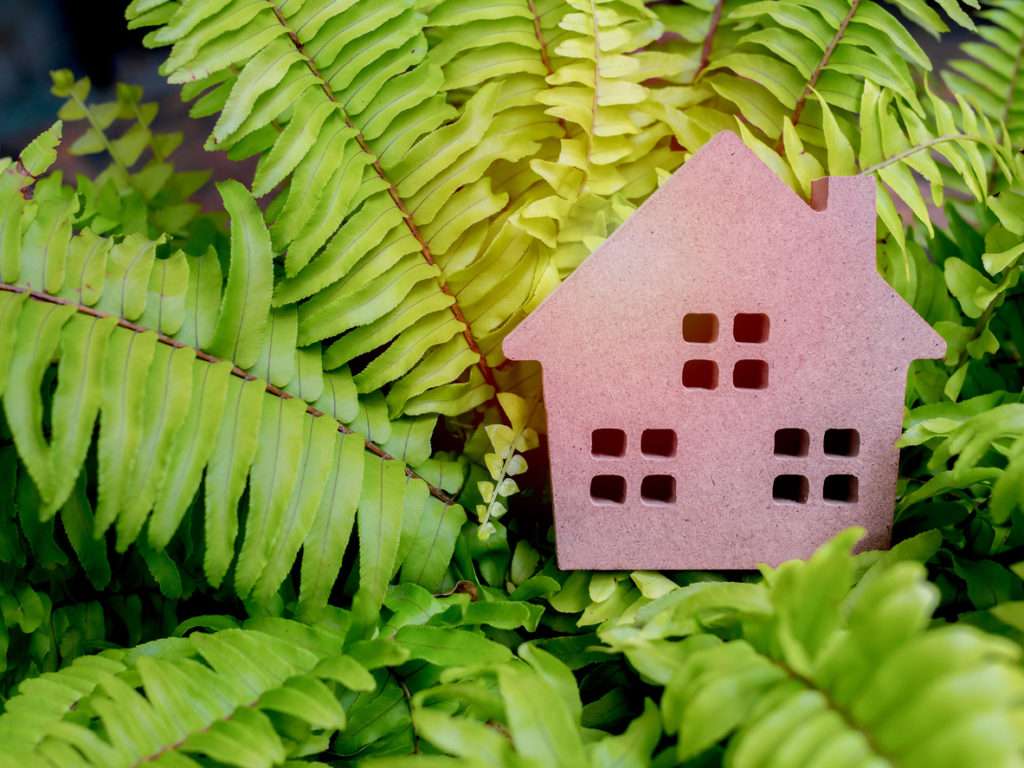
Green homes are becoming more popular, with people conscious of their carbon footprint and living more sustainably. However, the most challenging part of building a green home is getting started. Learning how and where to build can be challenging, so here are a few things to consider if you’re thinking of building your dream green home.
What does it mean to build a green home?
Going green can mean many things to many people. There are several considerations to take into account going beyond, for example, what washer and dryer to buy that will minimise your dependence on electricity or water consumption. Minimising your water use, electricity, and nonrenewable source consumption is essential, but just as important are the building materials, location, and the air quality of your home. Essentially, building a green home usually means considering the following:
- Energy Efficiency – Minimising energy consumption from renewable and nonrenewable sources.
- Air quality – Insulating your home and addressing any potential leakages which may occur and making sure your home is properly ventilated.
- Efficient heating and cooling – While using fewer sources and minimising our carbon footprints sound lovely, it is also ideal to ensure that your home is suitably built and have a system in place to tackle heating and cooling.
- Sustainably harvested or easily renewable construction materials – Bamboo, recycled, and even wood materials can be essential for producing modern green homes.
- Non-toxic and hypoallergenic materials – A green home does no one any good if they cannot live there because the materials are toxic or cause allergic reactions.
- Locally-sourced materials – as a way of cutting down on fossil fuel usage due to shipping materials long distances.
Choices
Deciding which of the above are most important and what features you want your home to have will help establish how green your home will be. For instance, you will need to determine how to heat and ventilate your home before building. If you’re going to use natural sunlight for lighting and some heating, you will not use the same materials as you would do for electric heating and cooling systems. Some homes can be 100% sustainable by recycling water and using solar panels and wood for heating.
Location and direction
When building a new home, consider a location in an area that allows for sustainability and renewable resources. While the heart of the city may be desirable, it may be challenging to access wells and water supplies, renewable energy for electricity, and adhere to local regulations. Areas outside of city limits often allow more flexibility and are more conducive to sustainable surroundings. Living in wooded areas can provide heating or building materials, but they can also enable trees to be replanted and renewed more quickly.
The direction of your green home also matters. For homeowners using solar or wind energy, building your home in a direction that allows maximum sunlight and where wind is not blocked by natural structures such as hills, mountains, or valleys is an important consideration.
Water source
How will your home access water? Even if you looking to reduce the number of appliances you have like a dishwasher, washing machine, or other appliances that use water, you will be using water for cooking, hygiene, and cleaning. Deciding how to access water is essential for your green home. Ensuring a secure and reliable water supply goes without saying, but at the same time, you do not want to overuse the available supply and conserve water as much as you can. Recycling and legally making the best use of access to rainwater, rivers, ponds, lakes, and wells are worth considering. However, some areas will not allow individuals to use rivers, lakes, or bodies of water that others share.
Building materials
Not only do you want sustainable and renewable energy resources, but you also want to use sturdy materials to build with as well. Using wood and other natural building materials can be both sustainable and sturdy, but choose them carefully. Stone, wood, clay, and other materials may also be readily available in your area. Choosing local materials, whenever possible, helps reduce the carbon footprint of your green home build.
Reputable builders
Knowing what materials, resources, and land areas you want to use are useless without the right contractors and builders. Be sure that your contractor is familiar with sustainable builds, your green living objectives and local building regulations. Having a good relationship with your contractor who may also project manage your build is essential if you want your make sure your green home has all the green credentials you require.
Local regulations and permits
While I have mentioned local regulations, you also have to make sure you have the right building permits. Using sustainable materials and digging or erecting structures sometimes requires additional building planning and permits. You would not want the building of your new green home to stall because of not having the correct permits in place before construction commences.
Minimise chemicals
Cabinets and prefabricated construction materials sometimes have chemicals such as formaldehyde, dyes, and heavy metals. These are not only toxic to your body, but they are also hazardous to the environment. By demanding that your materials be chemical-free whenever possible, you will send out a message to the industry that building sustainable homes is an increasing desire amongst self-builders.
Composting and homegrown
Growing your own food can help with reducing your carbon footprint and minimising waste. Composting saves energy and decreases the use of unrecyclable materials. You are less likely to rely on buying vegetables and fruits from the grocery store or farmer’s markets, minimising your dependence on plastics containers and packaging too. You may find you are still buying some produce but aiming to buy far less. Composting also means you will be less reliant on using landfills to dispose of materials that can naturally decompose. Remember, simply recycling more at home goes a long way to protecting the environment.
Final thoughts
Designing and building a considered sustainable home will, of course, take time. Researching materials, builders, local regulations and permits will be a mammoth task for many. Certifications for builders include Energy Star, Forest Stewardship Council, and Greenguard. There are many others, and you can find some of the most popular here.
It all depends on how green you want your home to be, and not everyone will be able to incorporate every change if they’re hoping to help the environment. Small changes made by everyone will help significantly, but if you are genuinely passionate about going green, building a primarily green home is more doable than you think. Please let us about your experiences with going green and offer any tips in Comments below.
Share this post:
Hear from Solo Living now and then by signing up to our mailing list


